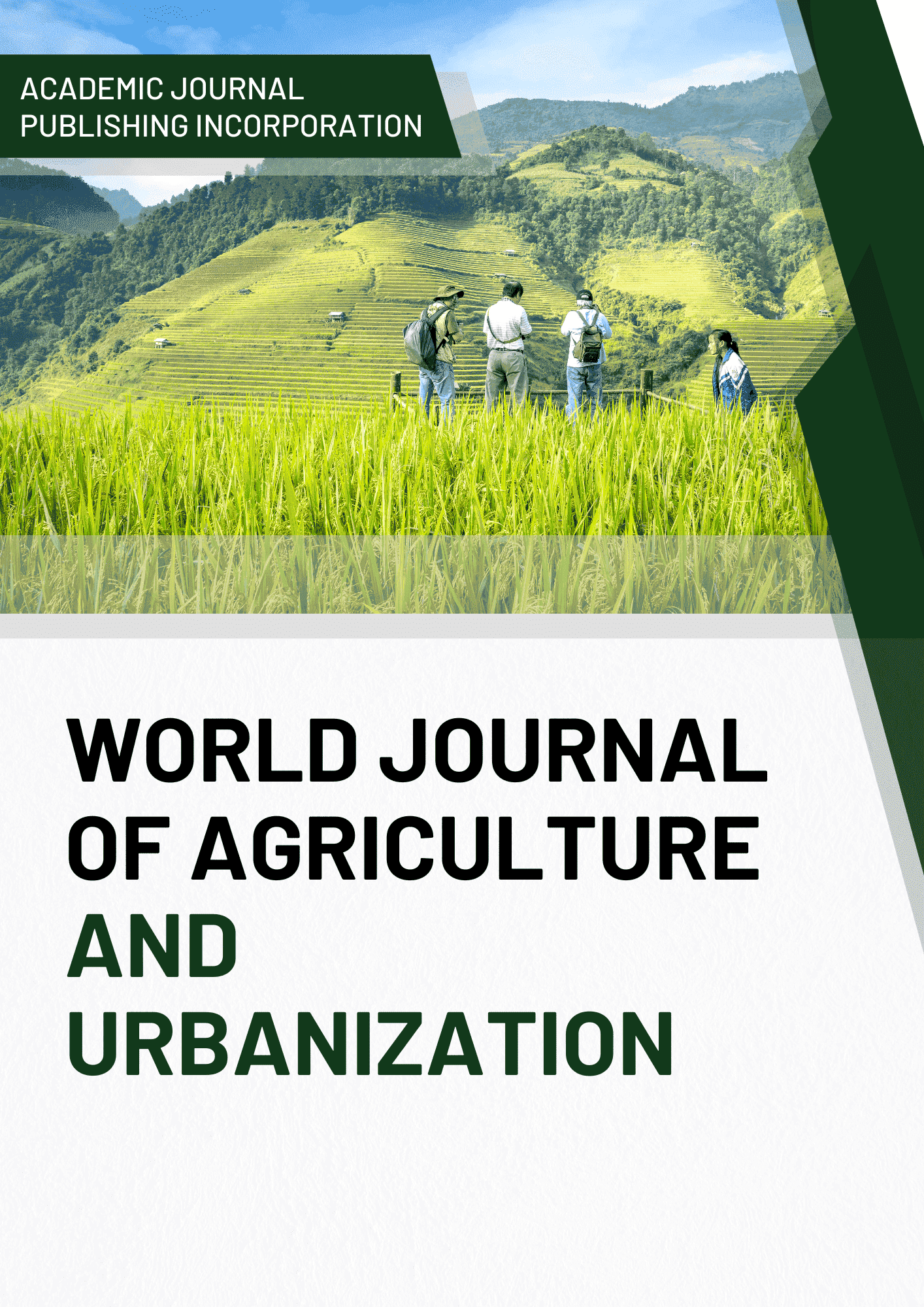Analysis of the Current Situation and Prospects of Livestock Farmers Specializing in Meat Production in Uzbekistan
DOI:
https://doi.org/10.51699/wjau.v2i4.52Keywords:
import meat, cattle, livestock, support mechanisms, farmers, peasant, farms, reforms, feed, ephemerals, nutritional value, protein, prices, meat market, and consumer marketAbstract
The growth of the world's population will increase the demand for food, including the increase in the demand for meat, which is expected to double by 2050. In most years, the supply and demand for beef in Uzbekistan was in balance, but in recent years, due to the sudden change in the climate and other factors, the supply of feed in livestock has increased in the consumer markets. There are imbalances in the supply and demand balance. Nowadays, Uzbekistan is among the countries that import meat from a self-sufficient country. This article is about the current characteristics of beef production systems in Uzbekistan and aimed at illuminating perspectives. This article presents the current state of livestock breeding in Uzbekistan, today's problems, their solutions, and scientific recommendations for the development of livestock breeding in the future. Also, the breeding work carried out in livestock farming, opinions on implementation and support mechanisms of the results of scientific research in this regard are given.
References
Resolution of the Cabinet of Ministers of the Republic of Uzbekistan, No. 627 dated 07.10.2021
Widi TSM. Mapping the impact of crossbreeding in smallholder farming systems in Indonesia [PhD Thesis]. Wageningen, the Netherlands: Wageningen University; 2015.
Djajanegara A, Diwyanto K. Development strategies for genetic evaluation of beef production in Indonesia. In: Proceedings of ACIAR Workshop 2001; 2001 July 23-28; Khon Kaen, Thailand: ACIAR; 2001. pp. 40-7.
Priyanti A, Hanifah VW, Mahendri IGAP, Cahyadi F, Cramb RA. Small-scale beef cattle production in East Java. In: Proceedings of the Australian Agricultural and Resource Economics Society Annual Conference 2012; 2012 Feb 7-10; Fremantle, Western Australia: AARES; 2012. pp. 1-22.
Bakrie B, Hogan J, Liang JB, Tareque AMM, Upadhyay RC. Ruminant nutrition and production in the tropics and sub tropics. Canberra, Australia: Australian Centre for International Agricultural Research; 1996.
Moss J, Morley P, Baker D, Al Moadhen H, Downie R. Improving methods for estimating livestock production and productivity. University of New England; 2016 Technical Report Series No: GO-11-2016.
Djuraev Bekzod. The way of Reducing the Losses of Agricultural Products in Harvesting/ https://journals.researchparks.org/index.php/IJOT e-ISSN: 2615-8140 | p-ISSN: 2615-7071 Volume: 03 Issue: 12 |Dec 2021
Downloads
Published
How to Cite
Issue
Section
License

This work is licensed under a Creative Commons Attribution 4.0 International License.
The work simultaneously licensed under a Creative Commons Attribution 4.0 International License
You are free to:
- Share — copy and redistribute the material in any medium or format
- Adapt — remix, transform, and build upon the material for any purpose, even commercially.
The licensor cannot revoke these freedoms as long as you follow the license terms.
Under the following terms:
-
Attribution — You must give appropriate credit, provide a link to the license, and indicate if changes were made. You may do so in any reasonable manner, but not in any way that suggests the licensor endorses you or your use.
- No additional restrictions — You may not apply legal terms or technological measures that legally restrict others from doing anything the license permits.








